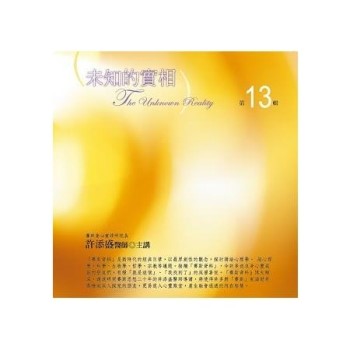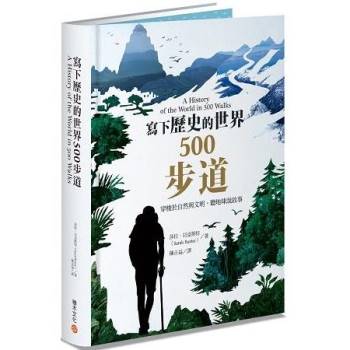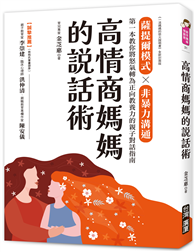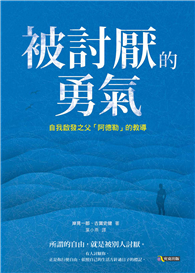Translingualism is a catalyst or stimulant of building more positive heterogeneous relationships in Taiwan.
多語言互動論是互相學習生活社區不同的語言來建構和諧的台灣社會。
Sakahemaw sa ko faloco' a mafana' to kahirahira no cingraw (Pangcah/ Amis).
多語言互動論是互相學習生活社區不同的語言來建構和諧的台灣社會。
Sakahemaw sa ko faloco' a mafana' to kahirahira no cingraw (Pangcah/ Amis).
Translingualism: The True Beauty of Taiwan assumes that all citizens of Taiwan live in a multicultural and multilingual society and all language groups accept all the languages and cultures as equally-valued. Given the assumption in the preceding sentence, then this book will explore the idea of translingualism, which is based on the notion of interdependence of languages and the ability of speakers to transfer their language competence from one language to another. I have found that speakers can learn several languages at the same time though, at first, progress may be slower than learning one new language. Tung-chiou Huang has been teaching courses on the sounds and structures in multilingual classes for over 30 years and have found that applying action research interchange across several languages can achieve knowledge of another minority languages.
Thus the goal of this book is to develop more strategies to give young people among minorities the chance to preserve the language and culture of the elders and awaken their interest in preserving their language and culture and prevent the loss of aboriginal languages. “Translingualism” lets peoples feel that there is a real neighbourhood of speaking different languages in Taiwan at a time.

 共
共  臺灣是位於東亞、太平洋西北側的島嶼,地處琉球群島與菲律賓群島之間,西隔臺灣海峽與中國大陸相望,周圍海域從3點鐘方向以順時鐘排序分別為太平洋、巴士海峽、南海、臺灣海峽、東海所環繞,為東亞島弧中一島。面積約3.6萬平方公里,為世界第38大島嶼,其中七成為山地與丘陵,平原則主要集中於西部沿海,地形海拔變化大。因北回歸線貫穿,氣候介於熱帶與亞熱帶地帶之間,北回歸線以北為副熱帶季風氣候、以南為熱帶季風氣候,自然景觀與生態系資源相當豐富而多元。人口約2千3百萬人,超過七成集中於西部的五大都會區,其中以行政中心臺北為核心的臺北都會區最大,總人口達700萬。族群構成以漢族、原住民族為兩大民族:原住民族由多個屬於南島民族的部族組成,漢族則依民系及移民年代的不同而分為閩南、客家與外省族群,其中閩南為臺灣最大族群。
臺灣是位於東亞、太平洋西北側的島嶼,地處琉球群島與菲律賓群島之間,西隔臺灣海峽與中國大陸相望,周圍海域從3點鐘方向以順時鐘排序分別為太平洋、巴士海峽、南海、臺灣海峽、東海所環繞,為東亞島弧中一島。面積約3.6萬平方公里,為世界第38大島嶼,其中七成為山地與丘陵,平原則主要集中於西部沿海,地形海拔變化大。因北回歸線貫穿,氣候介於熱帶與亞熱帶地帶之間,北回歸線以北為副熱帶季風氣候、以南為熱帶季風氣候,自然景觀與生態系資源相當豐富而多元。人口約2千3百萬人,超過七成集中於西部的五大都會區,其中以行政中心臺北為核心的臺北都會區最大,總人口達700萬。族群構成以漢族、原住民族為兩大民族:原住民族由多個屬於南島民族的部族組成,漢族則依民系及移民年代的不同而分為閩南、客家與外省族群,其中閩南為臺灣最大族群。 




![塔木德:猶太人的致富聖經[修訂版]:1000多年來帶領猶太人快速累積財富的神祕經典 塔木德:猶太人的致富聖經[修訂版]:1000多年來帶領猶太人快速累積財富的神祕經典](https://media.taaze.tw/showLargeImage.html?sc=11100697818)





